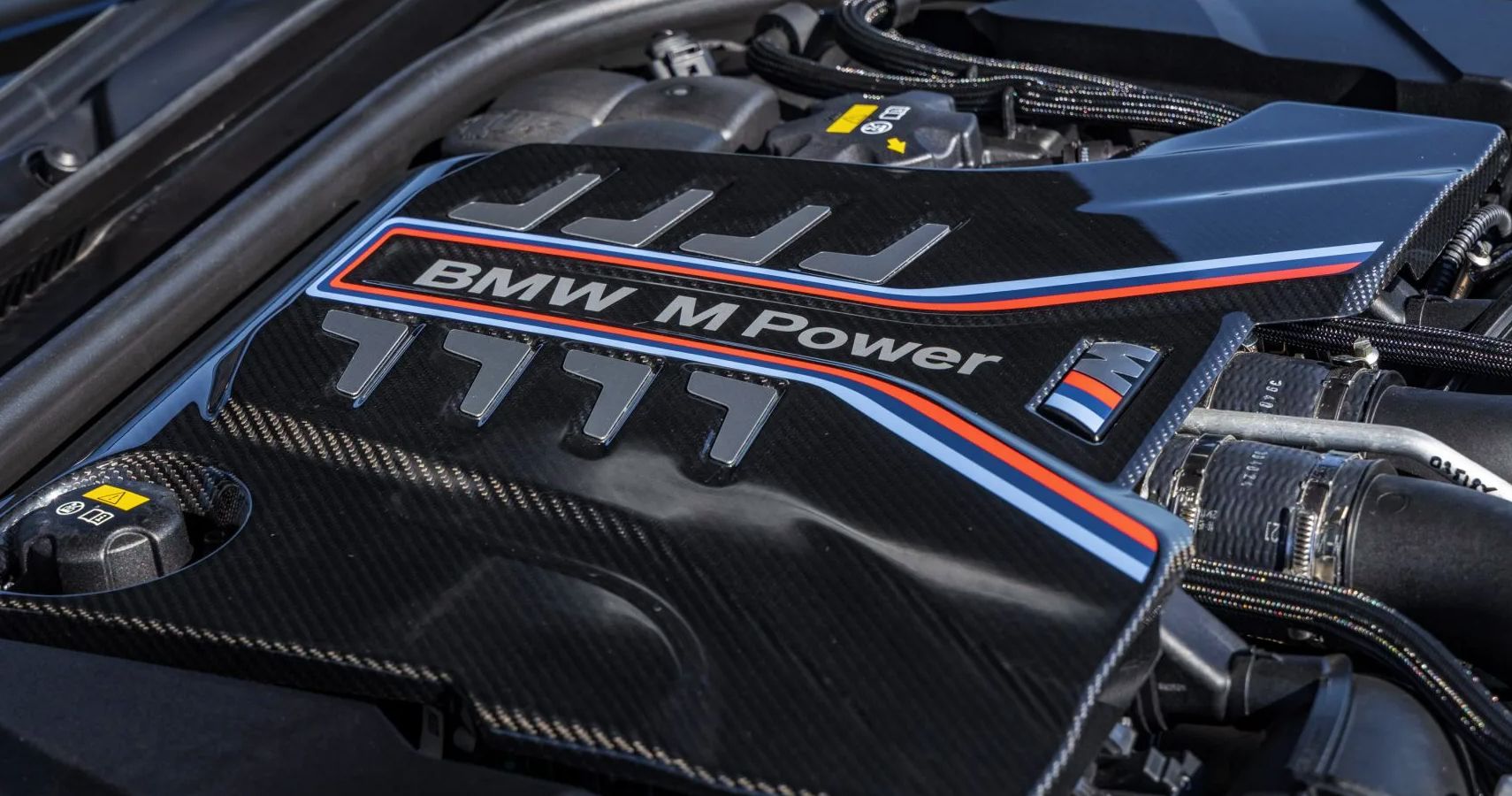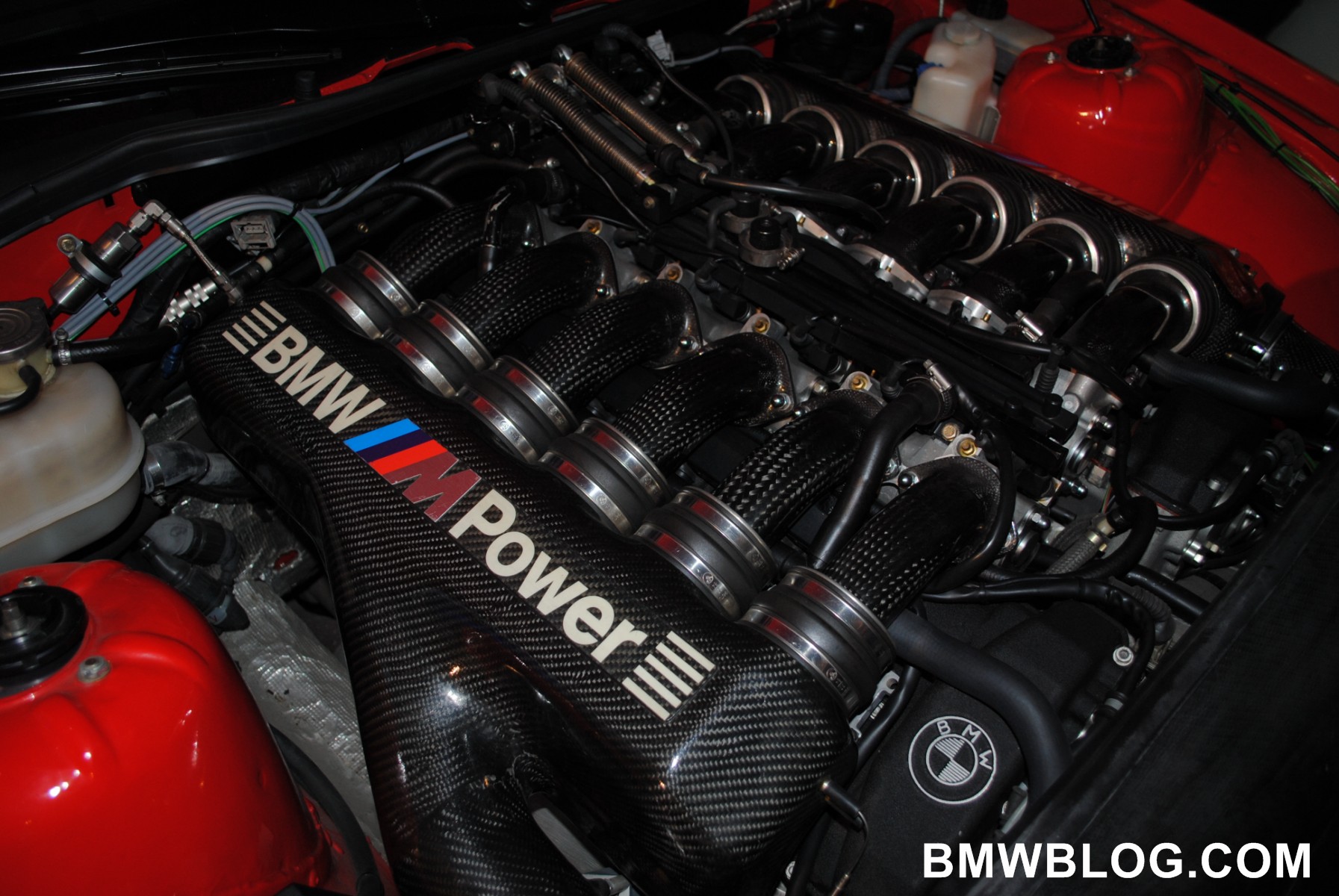Revealing the Keys Behind the Power of the BMW Engine
Revealing the Keys Behind the Power of the BMW Engine
Blog Article
Discovering the Advancement of Combustion Engines in Modern Transport Systems
As we navigate the landscape of contemporary transportation, the evolution of combustion engines stands as a testament to human resourcefulness and design expertise. The interaction of background, innovation, and environmental concerns in shaping the trajectory of burning engines develops a narrative that is both engaging and insightful.
Very Early Beginnings of Combustion Engines
Exactly how did the principle of burning engines initial emerge in the early phases of transportation advancement? The roots of burning engines can be mapped back to the 17th century when the principles of inner burning were very first checked out.
The advancement minute came with the creation of the initial successful gasoline-powered engine by Karl Benz in 1885 - bmw engine. This engine led the way for the advancement of the modern-day car, transforming transportation systems worldwide. Succeeding advancements by Nikolaus Otto and Gottlieb Daimler better fine-tuned combustion engine technology, bring about the mass production of cars and the quick expansion of the transportation industry
These very early combustion engines were characterized by their simpleness and performance, laying the structure for the facility and powerful engines used in modern-day transport systems. The development of combustion engines has actually contributed in shaping the method we travel and deliver items, marking a significant landmark in the background of transport advancement.
Transition to Internal Burning Innovation
The shift to internal burning modern technology noted an essential shift in the advancement of transport systems. This shift began in the late 19th century, with creators like Nikolaus Otto and Gottlieb Daimler creating the initial successful interior combustion engines. These engines reinvented transport by supplying a much more reliable and powerful alternative to vapor engines and electric motors.
One of the key advantages of inner burning engines was their ability to be scaled down to suit cars, causing the growth of automobiles and motorbikes. This change from cumbersome, fixed engines to compact, mobile ones paved the way for the modern transport systems we see today.
The transition to inner combustion technology additionally stimulated innovations in gas technology, causing the development of gas and diesel as key fuel resources for automobiles. This change not only made transport much more obtainable to the masses however also laid the structure for the oil and gas market to end up being essential to international economies.
Impact of Combustion Engines on Transportation
The fostering of combustion engines in transportation systems militarized an extensive shift in the efficiency and speed of global mobility. Burning engines changed transportation by supplying a functional and reputable source of power for various vehicles, consisting of cars and trucks, trucks, aircrafts, and ships. This advancement considerably enhanced the capability for goods and individuals to conform cross countries in shorter period, causing increased connection in between regions and countries.
Furthermore, the extensive use of burning engines has had a considerable effect on economic advancement. The ability to move products effectively has actually spurred trade and business, permitting companies to broaden their markets and get website link to consumers worldwide. This has actually assisted in economic growth and globalization, as items can currently be transported much faster and in bigger amounts than ever in the past.
However, the environmental influence of burning engines can not be overlooked. The burning of nonrenewable fuel sources has actually resulted in air contamination and greenhouse gas emissions, contributing to climate change and posturing health dangers to populaces. bmw engine. Consequently, there is a growing emphasis on establishing alternative propulsion modern technologies to minimize these adverse results and create an extra sustainable future for transport
Innovations in Burning Engine Style
One noteworthy development is the development of turbocharged engines, which use exhaust gases to drive a turbine that compresses inbound air, permitting for more fuel to be burned, resulting in raised power output without a substantial rise in engine size. Variable shutoff timing systems have actually additionally revolutionized engine layout by enhancing air movement at different engine rates, improving both power and efficiency. These advancements collectively add to the continual enhancement of burning engines in contemporary transport systems.
Future Patterns in Combustion Engine Development
With innovation advancements driving constant innovation, the future of combustion engine advancement is positioned to reinvent transport systems internationally. One of the crucial trends in combustion engine development is the press towards better effectiveness and lowered exhausts.
An additional noticeable trend is the adoption of hybrid innovations in combustion engines. Crossbreed engines incorporate conventional burning technology with electrical power, providing improved fuel effectiveness and reduced exhausts. As the vehicle industry changes in the direction of electrification, crossbreed burning engines are seen as a transitional option that connects the void in between standard lorries and completely electrical ones.
Moreover, the combination of linked here wise innovations, such as synthetic intelligence and data analytics, is anticipated to play a considerable role in the future of combustion engine advancement. These technologies can optimize engine efficiency in real-time, causing much helpful hints more reliable burning procedures and enhanced total automobile efficiency. Embracing these future patterns will certainly not just drive technology in combustion engine development but additionally add to a much more lasting and eco pleasant transport community.

Final Thought
To conclude, the advancement of combustion engines in contemporary transportation systems has actually been noted by substantial improvements in technology and design. From the very early starts of burning engines to the transition to interior combustion modern technology, these engines have had an extensive influence on transportation. Developments in combustion engine design remain to drive development in this field, with future patterns concentrating on further boosting effectiveness and lowering emissions. The future of burning engines in transport looks appealing as research and growth efforts proceed to press borders.
The origins of burning engines can be mapped back to the 17th century when the concepts of internal burning were very first explored. These engines revolutionized transportation by offering a more powerful and reliable option to vapor engines and electric motors.

Report this page